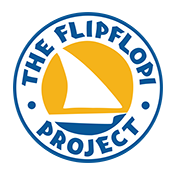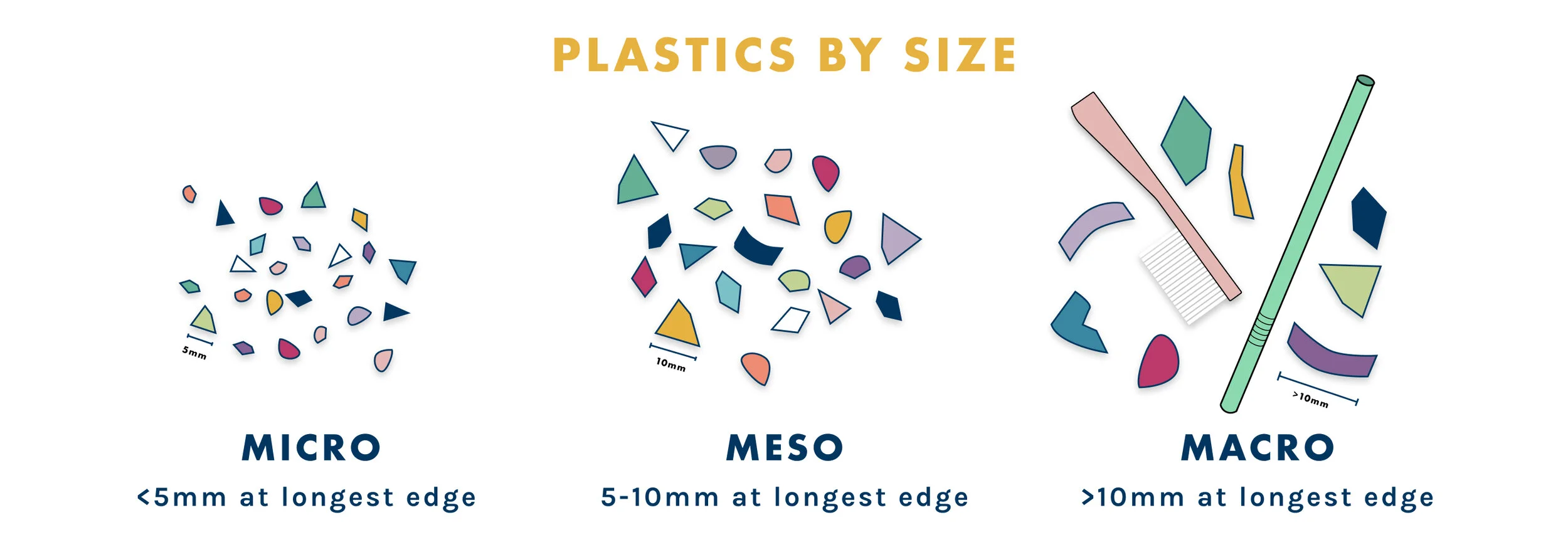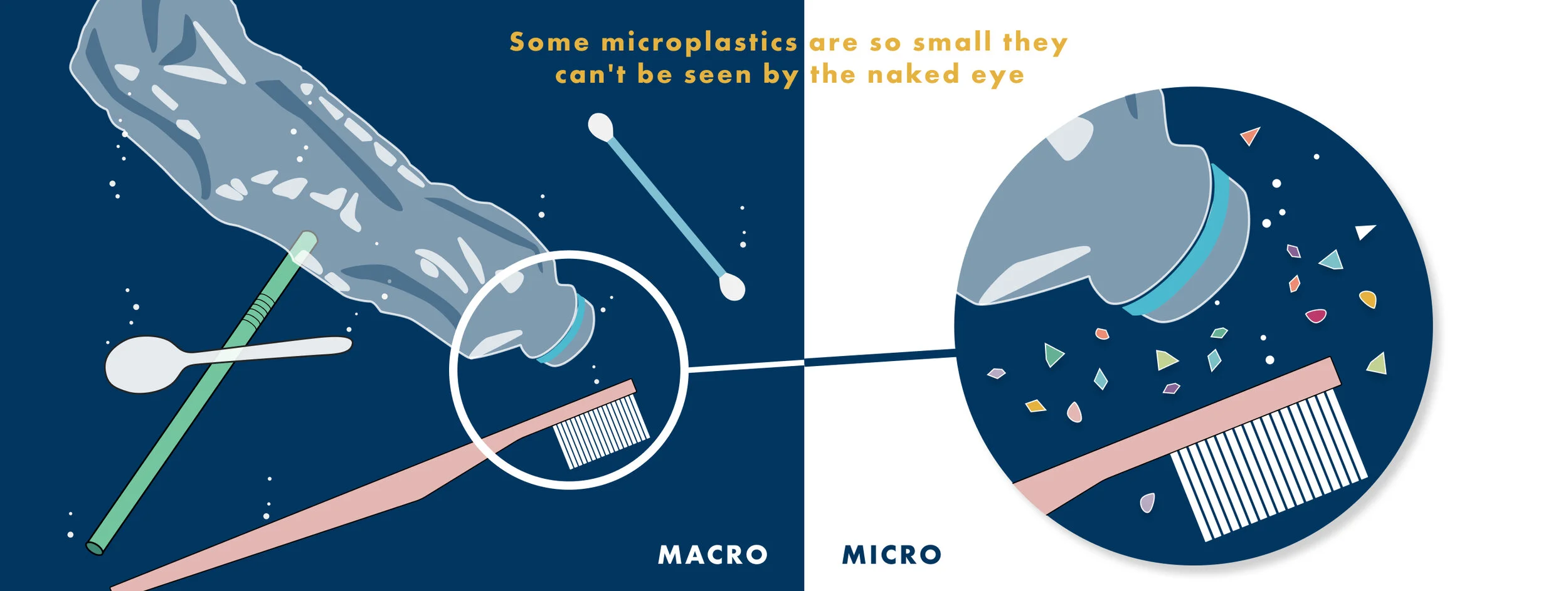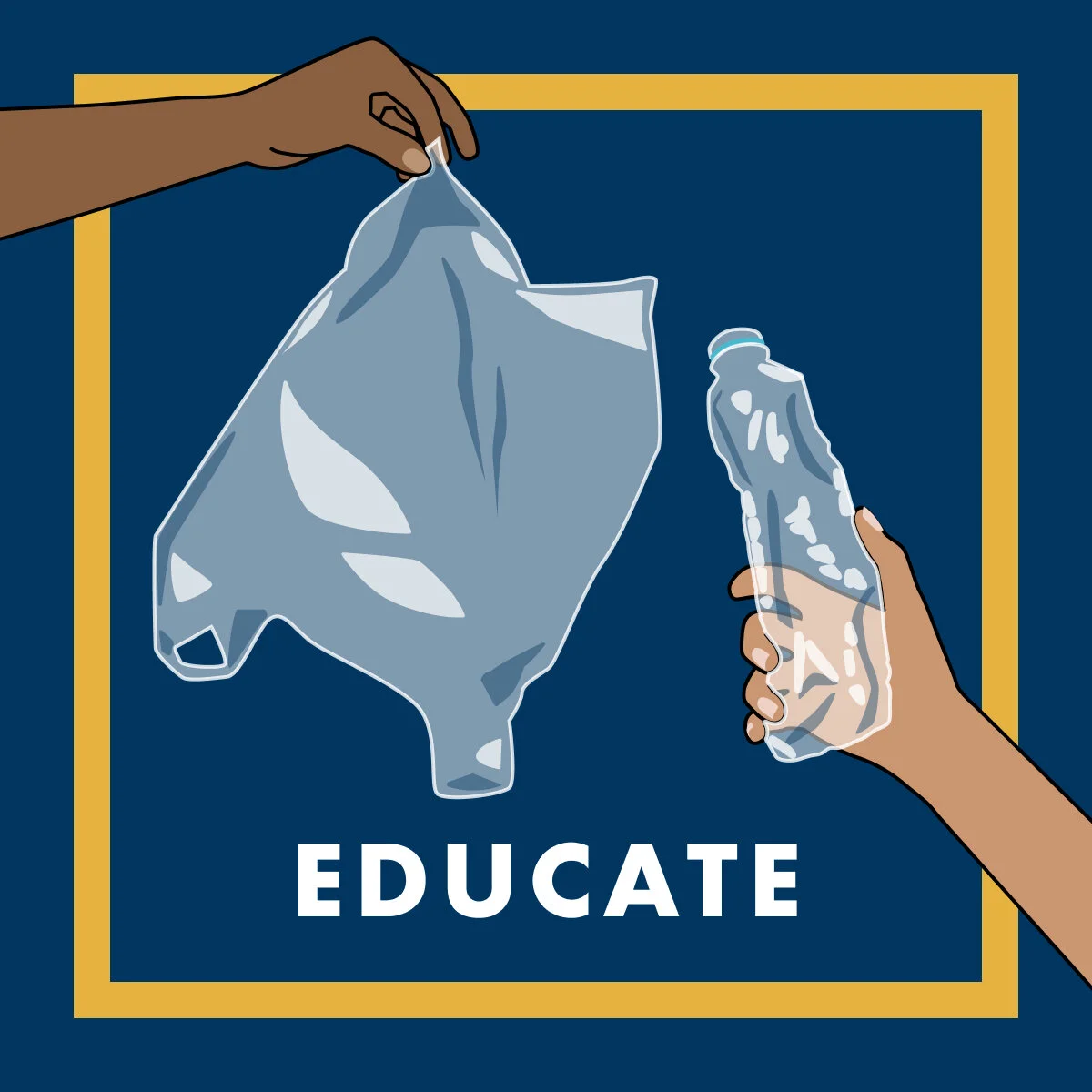Setting Sail On Lake Victoria to Beat Plastic Pollution
Written by Hannah Evans. Editor, Davina Ngei. Graphics by Katharina Elleke
From the sheer volume of fresh water, to its deep history enshrined in rock art and Ptolomey's maps, and its diverse communities, Lake Victoria provokes both intrigue and reverence. The earliest mention of Africa’s largest great lake and the source of the Nile River dates back to the maps of ancient explorer Ptolemy in the second century CE.
The lake borders three countries in East Africa - Uganda, Tanzania and Kenya and covers a massive 68,800km2. This makes it the largest tropical lake in the world and the world’s second-largest freshwater lake second only to Lake Superior in North America.
Over the last few decades, the population living around the lake has grown at one of the fastest rates in the world. The last estimation was 40 million people, though this was projected to skyrocket to 53 million in 2020.
In one way or another, the lake supports her people. Be it income through fishing, tourism, transportation or agriculture, the Lake Victoria basin is abundant with seemingly endless opportunities.
Supporting roughly 200,000 fishermen catching 1 million tons of fish every year, Lake Victoria is recognised as the largest freshwater fishery in the world, the income from this supports the livelihoods of 4 million people.
The lake like so many other places around the world faces multiple threats including overfishing, deforestation and water pollution. But more recently we’re beginning to realise that there is another enormous threat facing the lake.
In this article, we’ll highlight current research on the growing presence of plastics in Lake Victoria and what this might mean for the people who survive by her shores.
The Results
While there have been many studies focussed on the presence of plastics in the world’s oceans and freshwater lakes, very little has been done to investigate plastic pollution in the great lakes of Africa.
As the population around Lake Victoria balloons and more and more people are either working or spending leisure time on the lake, the presence of plastics is to be expected in line with studies in similar bodies of water.
In 2015, Biginagwa et al. tested this theory by analysing the gut contents of Nile Perch and Nile Tilapia - resident fish populations in the lake.
Microplastics were found in 20% of the fish they tested.
Microplastics are pieces of plastic smaller than 5mm at the longest edge.
However, there were some limitations to the machinery they used to test the plastics as some particles were so small they could not be recognised. With this in mind, the researchers suspect that the actual figure may be far higher.
The most common polymers they found were:
Polyethylene - most commonly used in bags, wrappers, films
Polyurethane - most commonly found as foam bedding and sponges
Polyester - found in clothing
Polyethylene/polypropylene copolymer - hard plastics like bottle tops
Silicone rubber - often used to coat electricals
The identified polymers led researchers to assume that most of the waste came from drainage ditches that were filled with urban waste. These ditches often overflowed into the river with heavy rains.
However, the extent of microplastic pollution in Lake Victoria cannot be proved by testing the guts of fish alone.
And that’s where Egessa and his colleagues took the research a step further.
In 2019, the researchers wanted to identify if there was plastic found along the shores and in the sediment.
They took a total of 18 samples from 6 beaches of differing uses in Northern Lake Victoria.
Plastics were found to be present at all but one of the samples tested.
The most common microplastics found in the sediment were in the form of fragments, filaments, foam and pellets. While the most common meso- and macroplastics were fragments, filaments and foam.
Most of the plastic debris was made from the breakdown of larger plastic products that are often used by the communities surrounding the lake.
These findings support previous research which found the massive use of plastics worldwide has undoubtedly led to a build-up of plastic debris across the shores of other freshwater systems.
To investigate the presence of microplastics on surface water in Lake Victoria, Egessa and his team identified 3 site categories to conduct their research to see how the amounts of plastic differed across the lake. These consisted of sites:
In the vicinity of fish landing and recreational beaches within the urban or semi-urban setting
In the vicinity of only fish landing beaches within a rural community setting
In the vicinity of river inflows
The most amount of microplastics were found in the first category and the least in the third category. These findings support previous research that there is a higher abundance of microplastics in places of greater human activity.
Now we know that microplastics exist in the waters, sediment and fish of Lake Victoria, what does this mean for the communities that live on her shores?
Impact
One of the main concerns of finding microplastics in the lake is plastics ability to adsorb organic and inorganic pollutants. Adsorption is the process whereby a material coats the surface of another. In this case, microplastics are excellent carriers of the many harmful pollutants and chemicals that are already present in the environment.
This finding may well have serious effects on the entire community as the fish of the lake ingest harmful pollutants such as metals, coolant, runoff from petrol, diesel and other fossil fuels.
This could well lead to lower fish productivity and affect food security and safety in the long run (Rochman et al., 2013).
The ingestion of plastics can have other more immediate effects too.
When fish ingest plastics, they’re unable to break down and ingest these plastics. This leads to the fishes gut filling up with more and more plastic until they feel ‘full’ all the time. Eventually, the fish will stop eating and die of starvation even though they’re stomachs are full.
The fish of Lake Victoria are already at risk of extinction due to illegal, unregulated and unreported fishing. And while this fishing is often cited as being the main cause of their impending extinction as of yet we are unable to know exactly what negative effects plastics are having on the fisheries.
If the fish stocks of Lake Victoria become too low, the hundreds of thousands of people who depend on the lake’s fisheries may be plunged into even deeper poverty. And while many of the residents of Uganda and Tanzania already survive on less than $1.25 per day the implications are huge.
Furthermore, the presence of microplastics in Lake Victoria has huge implications for water quality and safety.
Already the lake water is heavily polluted due to poor sanitation and limited waste management infrastructure around the lake leading to the overflow of harmful pollutants into the water basin. Yet millions of people still depend on the lake for access to water.
This unsafe water has led to countless cholera epidemics and a giant network of private suppliers overcharging for safe water.
As many of the population are dependent on the unfiltered water it stands to reason that many microplastics are being ingested. While there is no definitive research conducted on the harmful effects of the ingestion of microplastics, it's unlikely that there is no effect.
Instead, it’s likely that ingesting microplastics will expose us to the harmful chemicals found in plastics already linked to many health problems.
We Must Act Now
As has already been stated millions of people survive on the shores of Lake Victoria and depend on it for their livelihoods. However, as pollution and overfishing continue the viability for livelihoods from Lake Victoria dwindles.
But there is a light at the end of the tunnel.
The plastics identified in all three studies were found to be fragments of larger plastic materials used by the community. We believe that if we act now something can be done to reduce further plastic from entering the lake.
Furthermore, as most waste was found in relation to urbanised areas (Egessa et al. 2020) it’s clear that with improved infrastructure and waste management facilities the amount of plastic waste making its way into the lake can be drastically reduced.
Finally, illegal fishing nets and lines were identified as a major contributor to plastic debris in the lake. These consist of nets with small mesh, other gear to catch immature fish and monofilament nets that continue ‘fishing’ even when abandoned.
Much of this gear is left abandoned when it’s no longer useful or if it’s broken. This causes serious problems as the gear breaks down and releases more micro- and meso- plastics into the lake.
Although there was a co-management initiative introduced in the 1990s to reduce illegal fishing, it’s unclear whether this has had any effect on the reduction of illegal fishing in the lake. Instead, corruption is a major contributor to the widespread illegal fishing continuing in Lake Victoria.
However, if the issue of corruption was addressed head-on and tackled in a timely fashion this can curb illegal fishing gear. We also believe that widespread education is necessary to teach fishermen of the harmful effects of illegal fishing practices to tackle the plastic debris caused by fishing on the lake.
What We Can Do Next?
By focussing on our three pillars - Educate, Innovate and Influence - we believe that we can encourage long-lasting change on the shores of Lake Victoria.
Education
By introducing education to communities living on Lake Victoria around the issue of single-use plastics and its impact on health, the environment and our sustainable development goals we believe that we can encourage long-lasting behavioural change. Currently, little to no education is undertaken in schools or in communities on the harmful effects of poor waste management and single-use plastics.
On our upcoming expedition on Lake Victoria, we want to share our experience with everyone - young and old. And we have an extensive plan as to how we’ll be getting the ball rolling...
We’ll be organising live talks on land and on the Flipflopi highlighting the problems the communities will face from further plastic pollution.
There will be creative workshops arranged to provide educational opportunities in creative ways
Throughout our journey, we’ll arrange beach cleanups led by youth groups.
We’ll also highlight the importance of water safety by running workshops with our partners to train boat users, fishermen and community members.
This is just a handful of activities we are organising and hope to see continue long after our journey. We are well aware that education takes time and dedication and there is no quick fix.
That’s why we’re working on creating a class curriculum for schools to start inspiring the next generation of waste warriors. And also where our next pillar comes in…
Innovation
We believe the future of the plastic revolution lies in the hands of innovators. People that see plastic pollution and find new and exciting ways of reworking it and reusing it.
That’s why we built the first 100% recycled plastic dhow after all!!
We want to promote small-scale projects in the region to embed circular economy solutions that give plastic a second life and bring wealth to communities.
This includes our soon to be launched Kisumu Waste Innovation Hub which will collect, recycle, and repurpose plastic waste around the city.
If we can introduce and encourage small (or large) scale circular economies around the lake, not only can we recycle plastic but we can also stimulate employment.
Throughout our expedition, we’ll be highlighting local innovators and creating toolkits and training for small businesses interested in moving towards a circular economy model.
It’s our hope that if we can illustrate the viability of a circular model we can drastically reduce the amount of plastic left to waste on the shores of Lake Victoria.
Influence
We want to influence businesses, authorities and governments to act now and do something about the plastic crisis we’re finding ourselves in.
Using locally relevant voices we can influence policymakers and businesses to end single-use plastic, while also creating a platform for local innovations, networks and practical initiatives to cause systemic change throughout the region.
We want to highlight the problem of single-use plastics and facilitate a regional agreement to ban specific non-vital single-use plastics across East Africa.
By using our collective voices, we believe we can urge regions and countries to act now to stop the flow of plastics continuing downstream.
We believe it’s not too late to save Lake Victoria. Only that better resources and awareness on the importance of looking after her is needed. We hope that our expedition will be the push needed to inspire communities and businesses to implement their own circular waste economies.
You can learn more about our Lake Victoria expedition here and be sure to follow us Facebook, Twitter and Instagram to follow our journey.
References
Biginagwa, F.J., et al., First evidence of microplastics in the African Great Lakes: Recovery from Lake Victoria Nile perch and Nile tilapia, J. Great Lakes Res. (2015), http://dx.doi.org/10.1016/j.jglr.2015.10.012
Robert Egessa, et al., Microplastic pollution in surface water of Lake Victoria, Science of The Total Environment, Volume 741, (2020), https://doi.org/10.1016/j.scitotenv.2020.140201
Robert Egessa, et al., Occurrence, distribution and size relationships of plastic debris along shores and sediment of northern Lake Victoria, Environmental Pollution, Volume 257, (2020), https://doi.org/10.1016/j.envpol.2019.113442
Rochman, C., Hoh, E., Kurobe, T. et al. Ingested plastic transfers hazardous chemicals to fish and induces hepatic stress. Sci Rep 3, 3263 (2013). https://doi.org/10.1038/srep03263










